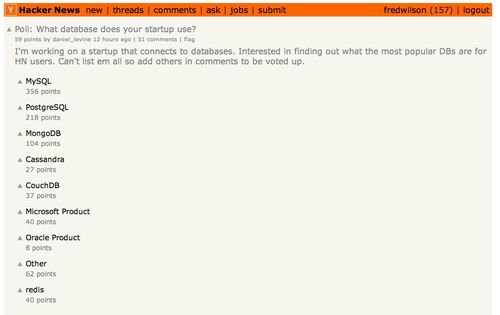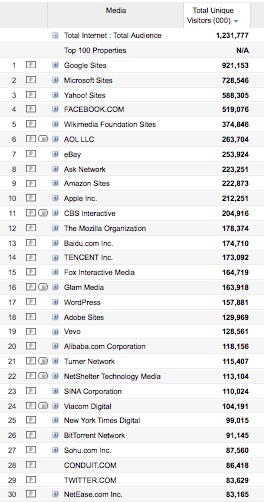Parting Ways With A Founding Team Member
One of the hardest things for an entrepreneur is to part ways with a co-founder or founding team member. Those early days putting together the plan, building the product, and building the team are formative and powerful. The loyalties that develop during that time are strong and hard to break.
Running a business is not an easy job. You have to do what is right for the business and that often conflicts with what is right for you.
I have seen this so many times now. One of the founders or early team members performs heroic work, most often in building the product. But as the company grows and engineering turns into a team effort, that person or persons can't work well in the team environment. And then the entrepreneur is faced with a painful decision. How can you fire someone who was so impactful and gave so much of themselves in getting the company off the ground? What message does that send to the rest of the team? How can I fire my friend?
But you have to do it. What works when you are five or ten people often does not work when you are fifty or more. Rock stars are rarely good team players. And the best developers are rarely the best managers. The person who made your first sale is rarely the right person to manage a team of a dozen salespeople.
When you realize you have to do this, you should act. Don't let your unease with the decision let you procrastinate on it. And be generous. I am in favor of vesting more stock than is contractually obligated to be vested. And severance so the person can take some time and decompress is another way to be generous. Most of all, be generous with the way you talk about the person's contributions. Call them a founder if they are a founder. Recognize their contributions both internally and externally and continue to do so. And help them find another situation where they can work their magic again.
I believe that how you handle a person's departure has more impact on morale than the departure itself, particularly if the remaining team understands why the departure is necessary. So being generous financially and in your communications and taking the time to clearly explain the departure to the team are both critical in building and maintaining morale and making your company a great place to work.
If I look back at our most successful investments over the almost 25 years that I have been in the venture capital business, almost every single one of them has seen a founder or critical founding team member shown the door as the company scaled. It's almost inevitable. So if you are starting a company, understand that you will face this moment at some point. It will not be pleasant. But if is something you have to deal with. So talk to your mentors, coaches, and board members. Get their advice. And take the action, do it well, and do it right.










